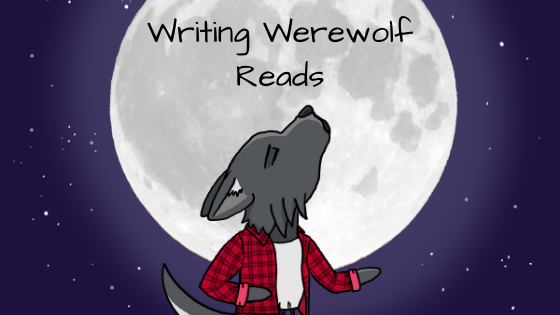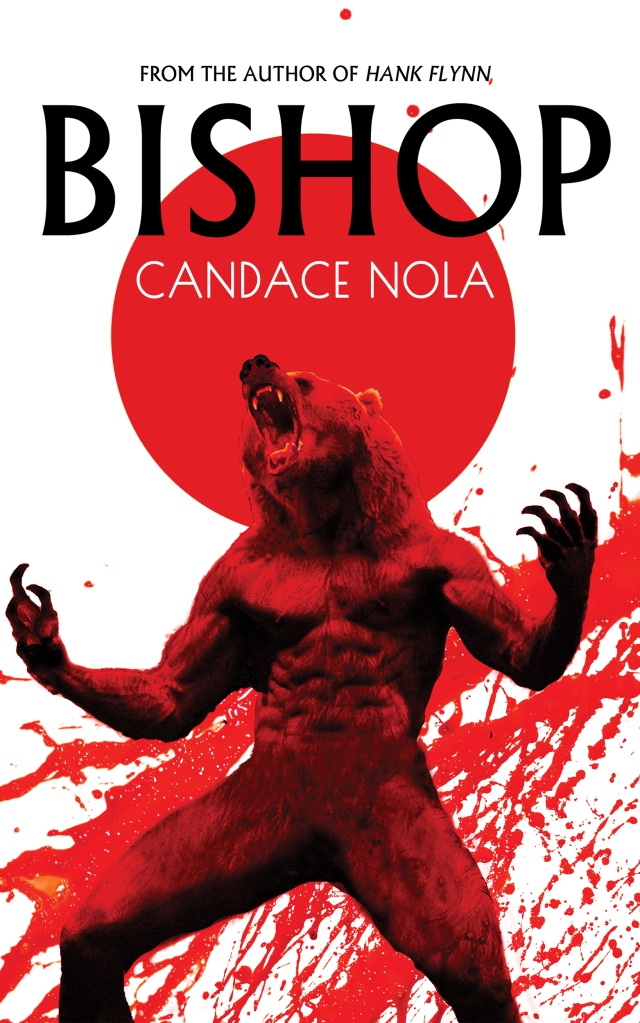

I was offered a copy of this book with a request for an honest review. This review may contain spoilers.
I previously read Kevin G. Chapman’s Dead Winner, and I was excited to jump back in to another of his works. The Other Murder is a detailed look at a double homicide in the middle of New York and the inherent prejudice in both policing and reporting. The murders are truly at the heart of this novel, as we follow not only the police investigation, but the investigation of both TV news and small online reporters. As a result, the novel becomes more about whether the reporters will get their scoop rather than the police investigation, which is an interesting and effective angle to tell the story from.
Taking this multiple-angle approach to the crime itself really allows the personal conflicts of the characters to shine through. We have essentially three pairs of characters, each with their own developing kind of tension. My favourite pair to follow was Hannah and Pablo, the reporters, and their friendship as it blossomed into something more. Out of all of them, my absolute favourite character was Pablo; his dedication to his area and the people living in it was so wholesome, and he would do anything to do right by them, even if it meant putting himself in danger.
As a whole, the novel was so easy to read and flowed really well. The Other Murder was an incredibly satisfying and exciting book that I wholeheartedly recommend.
Check out The Other Murder on Amazon and Goodreads.
About the book
Sometimes, the most dangerous thing . . . is the truth.
For disgraced cable news producer Hannah Hawthorne, covering the shooting of a pretty NYU sophomore is a chance for redemption. When the story snowballs into a media circus, Hannah’s reporting fans the sensationalistic flames and earns her acclaim. The tragic murder prompts protests and vigils that further magnify the story.
Meanwhile, Paulo, a neighborhood newspaper reporter, is following the other murder in Washington Square Park that same night – a young Hispanic boy. He discovers an unexpected connection that is political dynamite. When Hannah and Paulo team up, they uncover disturbing facts, leading them to question everything they thought they knew. It also leads them to the man who might be the killer.
When the story is ready to explode, the truth may be hotter than anyone can handle. Breaking the next scoop could ruin Paulo’s paper and wreck Hannah’s career – and it could get them both killed.
If you like David Baldacci’s page-turners, Michael Connelly’s cops, and Sara Paretsky’s quirky characters, you will love The Other Murder.
About the author
Kevin G. Chapman is an attorney specializing in labor and employment law and an independent author. In 2021, Kevin finished the first five books in the Mike Stoneman Thriller series. Righteous Assassin (Mike Stoneman Thriller #1), was named one of the top 20 Mystery/Thrillers of 2019 by the Kindle Book Review and was a finalist for the Chanticleer Book Review CLUE award. Deadly Enterprise (Mike Stoneman Thriller #2) was also named a top-20 Mystery/Thriller of 2020 by the Kindle Book Review and made the Short-List for the 2020 CLUE Award. Book #3, Lethal Voyage, was the winner of the 2021 Kindle Book Award and a Finalist for the CLUE and for the InD’Tale Magazine RONE Award. Book #4 in the series, Fatal Infraction, was named Best Police Procedural of the year by the Chanticleer Book Review, and book #5 (Perilous Gambit) was published November 24, 2021. Kevin has also written a serious political drama, A Legacy of One, originally published in 2016, which was short-listed for the Chanticleer Somerset Award for literary fiction. A Legacy of One was re-published in a newly re-edited and revised second edition in 2021. Kevin recently completed a stand-alone mystery/thriller titled Dead Winner, published in late 2022, winner of the 2023 CLUE Award (best suspense/thriller), and he is working on a stand-alone mystery titled The Other Murder. Kevin is a resident of Central New Jersey and is a graduate of Columbia College and Boston University School of Law. Readers can contact Kevin via his website.













